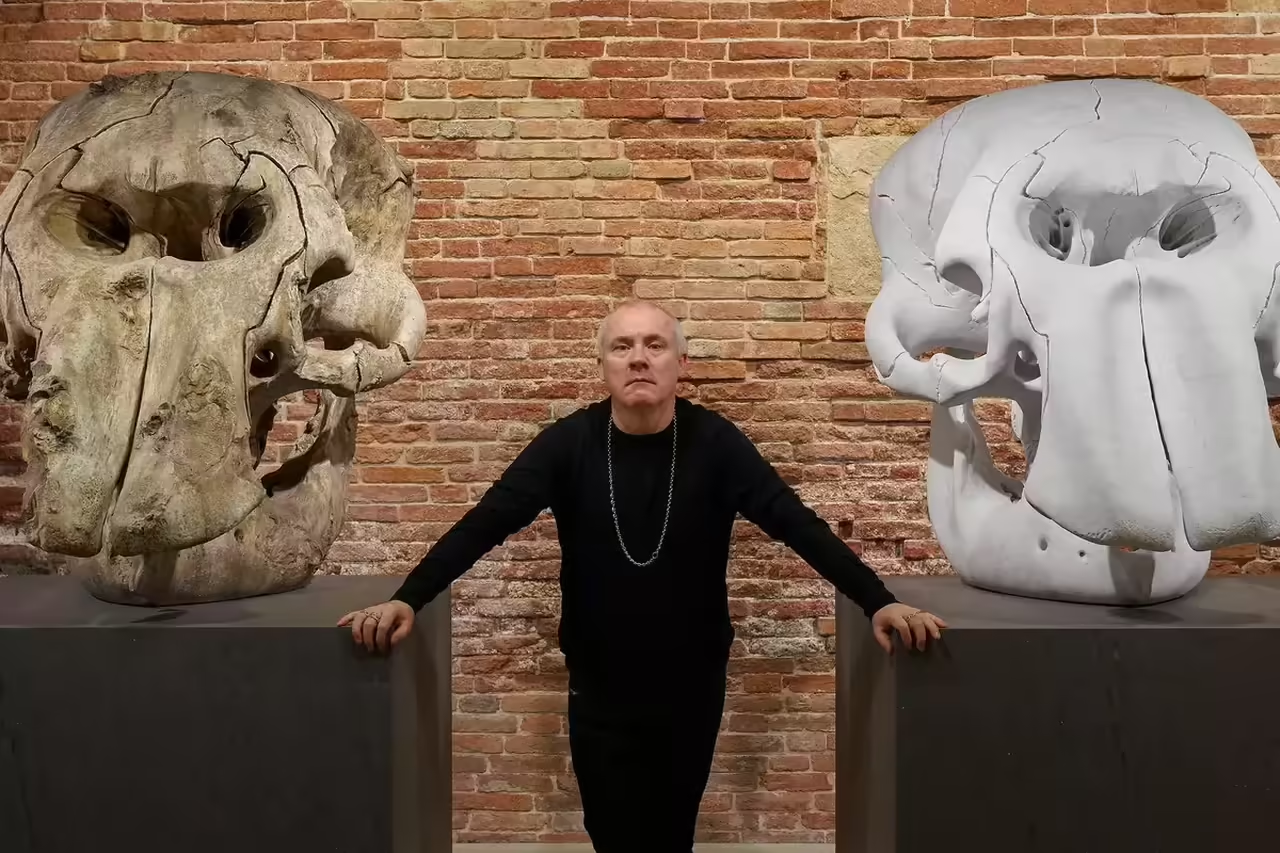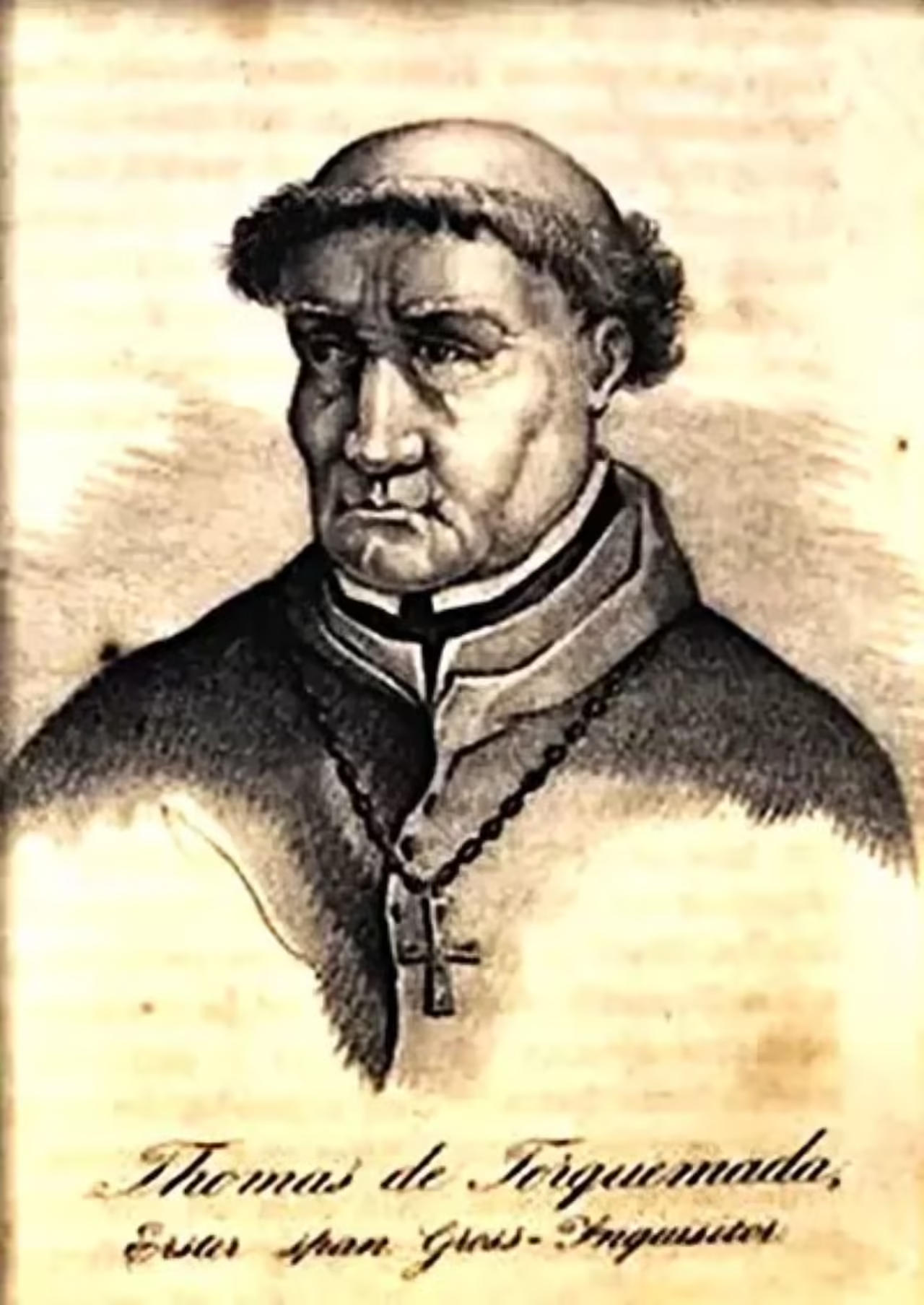
When death is called art
The work of this artist is a clear example of how broad the concept or appreciation of art can be. Personally, I am not overly attracted to most of his work with the exception of some of his drawings and oil paintings.
Hirst is the highest paid living artist in history and his peculiar works have made him one of the richest people in England in just a few years. An extreme type, without a doubt, with a somewhat gruesome past that people either adore or hate, with no middle ground. Formaldehyde, skulls and diamonds.
His life
He was born in Bristol and grew up in Leeds. His father, a car salesman, left his family when Hirst was 12. His mother, Mary, a Catholic, worked for the Citizens Advice Bureau and claims she lost control of the artist when he was very young. Hirst was arrested twice for shoplifting. For his part, Damien saw his mother as intransigent: she once cut off and decorated his punk pants, and heated one of his Sex Pistols records in an oven to turn it into a bowl of fruit.
Damien claimed, “If she didn’t like the way I was dressed, she would quickly pick me up from the bus stop.” What the mother did do was encourage his taste for drawing, his only successful school subject.
His art teacher pleaded for Hirst to be allowed entry into the sixth form, where he gained good grades, achieving an “E” level in the art category. He attended Leeds University, in Art and Design, although the first time he applied he was refused admission. He worked for two years in building site clearance in London; he then studied Fine Art at Goldsmiths, University of London (1986-89), although again his first application was rejected. As a student, Hirst worked part-time in a mortuary, an experience that later influenced his choice of subject matter and materials.
Hirst has always admitted to serious drug and alcohol problems, at least for ten years, from the period of the 1990’s onwards: “I started doing cocaine and drinking… I became a babbling wreck of shit.” During this time he was known for his wild behavior and outrageous acts, including, for example, placing a cigarette on the tip of his penis in front of reporters. He was a regular at the posh Groucho Club in London’s Soho, from which he was once banned and expelled for his bad behavior.
In 2002, Hirst quit smoking and drinking, however the short-term result was that his wife Maia “had to move out because I had become unbearable.” Hirst had met Joe Strummer (the former lead singer of The Clash) at Glastonbury in 1995; they had become close friends, and even celebrated family holidays together. Just before Christmas 2002, Strummer died of a massive heart attack.
This event had a profound effect on Hirst, who stated, “This is the first time I’ve ever felt mortal.” Following this misfortune, he donated much of his money and devoted much of his time to the Strummerville Charitable Foundation, dedicated to helping young musicians. Also, lately Hirst has shown great interest in Christianity.
Damien Hirst’s art
He is married to the Californian Maia Norman; with her he has 3 children, Connor, born in 1995, Cassius, born in 2000, and Cyrus, born in 2007. Since Connor’s birth, he has spent most of his time at his well-known country home, a 300-year-old inn in North Devondamien is the quintessential artist.
His work
Death is the central theme of his work. He is best known for his Natural History series, in which dead animals (such as sharks, sheep or cows) are preserved, sometimes dissected, in formalin. One of his most iconic works is The Physical Impossibility of Death in the Mind of Someone Living. It features a 14-foot-long tiger shark immersed in a glass case with formaldehyde. Due to the decomposition of the tiger shark, it was replaced with a new specimen in 2006.
His sale for $10 million in 2004 made him the second most expensive living artist after Jasper Johns. In June 2007, Hirst managed to surpass Jaspers in this section with the sale of his Medicine Chest (Medicine Chest, in the Lullaby Spring exhibition) for nine million six hundred and fifty thousand pounds sterling at Sotheby’s auction house in London.
On August 30, 2007, Hirst surpassed his previous Lullaby Spring sale with his work For the Love of God, a genuine human skull, all encrusted with diamonds, 8. 601 in total, which fetched fifty million pounds sterling (74 million euros), paid by an unknown investment group (it was later revealed that Hirst himself, his manager and one of his gallery owners belonged to the consortium) (El País newspaper, 05/01/2008).[1 [2 Another great sale was that of The golden calf, for which he obtained at Sotheby’s 10.34 million pounds (about 14 million euros). He is estimated to have a fortune of more than one billion dollars, being richer than other well-known British tycoons such as Mick Jagger or Elton John.
He is also known for his spin paintings (“spin paintings”), made on a rotating circular surface, and spot painting, which consist of rows of randomly colored circles; these works have been widely imitated in commercial graphics.
During the 1990s he was associated with the collector Charles Saatchi, but friction increased to the point that the relationship ended in 2003.
Death being the central theme in his work, it has always been surrounded by great controversy, more or less premeditated, and consequently by a large media following. For example, the New York authorities once denied him permission to exhibit his Dead Couple Fucking Twice, two corpses of a bull and a cow floating in formaldehyde.
Damien Hirst’s Skulls: A Reflection on Life and Death
Damien Hirst’s skulls are a series of artworks that the British artist has created since 1991. The most famous is For the Love of God, a human skull covered in diamonds that was sold for 50 million pounds in 2007. These works pose a reflection on life and death, value and vanity, art and the market.
Hirst was inspired by the Mexican traditions of the Day of the Dead, where skulls are a symbol of celebration and respect for the dead. He also drew on the history of Western art, where skulls have been a recurring motif to represent the transience of existence and the contrast between the material and the spiritual.
Hirst’s skulls question the meaning of human life in the face of the inevitability of death. By using precious materials such as gold and diamonds, Hirst creates a paradoxical effect: on the one hand, he exalts the beauty and brilliance of the skulls; on the other hand, he shows their emptiness and fragility. Thus, Hirst invites us to reflect on what really matters in our lives and on the role of art as an expression of our identity and our legacy.
Damien Hirst’s relationship with the culture of excess and ostentation: Diamonds, gold and luxury
One of the most emblematic examples of his relationship with the culture of excess and ostentation is his work “For the Love of God” (2007), a human skull covered in 8,601 diamonds that cost him £14 million. Hirst claimed that he wanted to create “something as positive as the sun” and that his intention was to “celebrate life by confronting it with death.” However, many critics accused him of being a mercenary, narcissistic and vulgar artist.
Another similar case is his series “Treasures from the Wreck of the Unbelievable” (2017), a collection of giant sculptures made of bronze, marble, gold and silver that were supposedly salvaged from a fictitious shipwreck. Hirst invested $65 million in this project, which was exhibited in Venice and was intended to be a reflection on history, myth and art. However, many viewers considered it a mockery, a waste and a display of megalomania.
Thus, Damien Hirst is an artist who leaves no one indifferent with his provocative and shocking works. His relationship with the culture of excess and ostentation can be seen as an ironic criticism or as a cynical complicity with the capitalist system that has made him one of the richest artists in the world.
Art as spectacle: Damien Hirst’s influence on the culture of fame and celebrity
Hirst has been able to harness the power of the media and marketing strategies to create a public image that makes him a celebrity beyond the realm of art. His art has become a spectacle that attracts millions of viewers and generates controversy and debate.
Hirst has influenced the culture of fame and celebrity by showing that art can be both a lucrative business and a form of personal expression. His work reflects the obsessions and desires of a consumerist, media-driven society that seeks success, notoriety and pleasure at any cost. Hirst has challenged the traditional norms of art by collaborating with other artists, delegating part of his work to assistants or directly auctioning his works without going through galleries. His art is a product that adapts to the demands of the market and is sold as a recognizable brand.
This artist has created his own style that combines visual impact with philosophical concept. His works explore universal themes such as life, death, love, faith or fear from an ironic and provocative perspective. His installations are scenarios that invite the viewer to actively participate in the artistic experience. His works are objects that generate contradictory emotions: fascination and repulsion, admiration and criticism, pleasure and pain.
Hirst is an artist who has marked an era and has inspired many other creators. His influence can be seen in various fields such as fashion, film, music and advertising. His art is a cultural phenomenon that transcends the limits of the museum or gallery to reach the general public.







